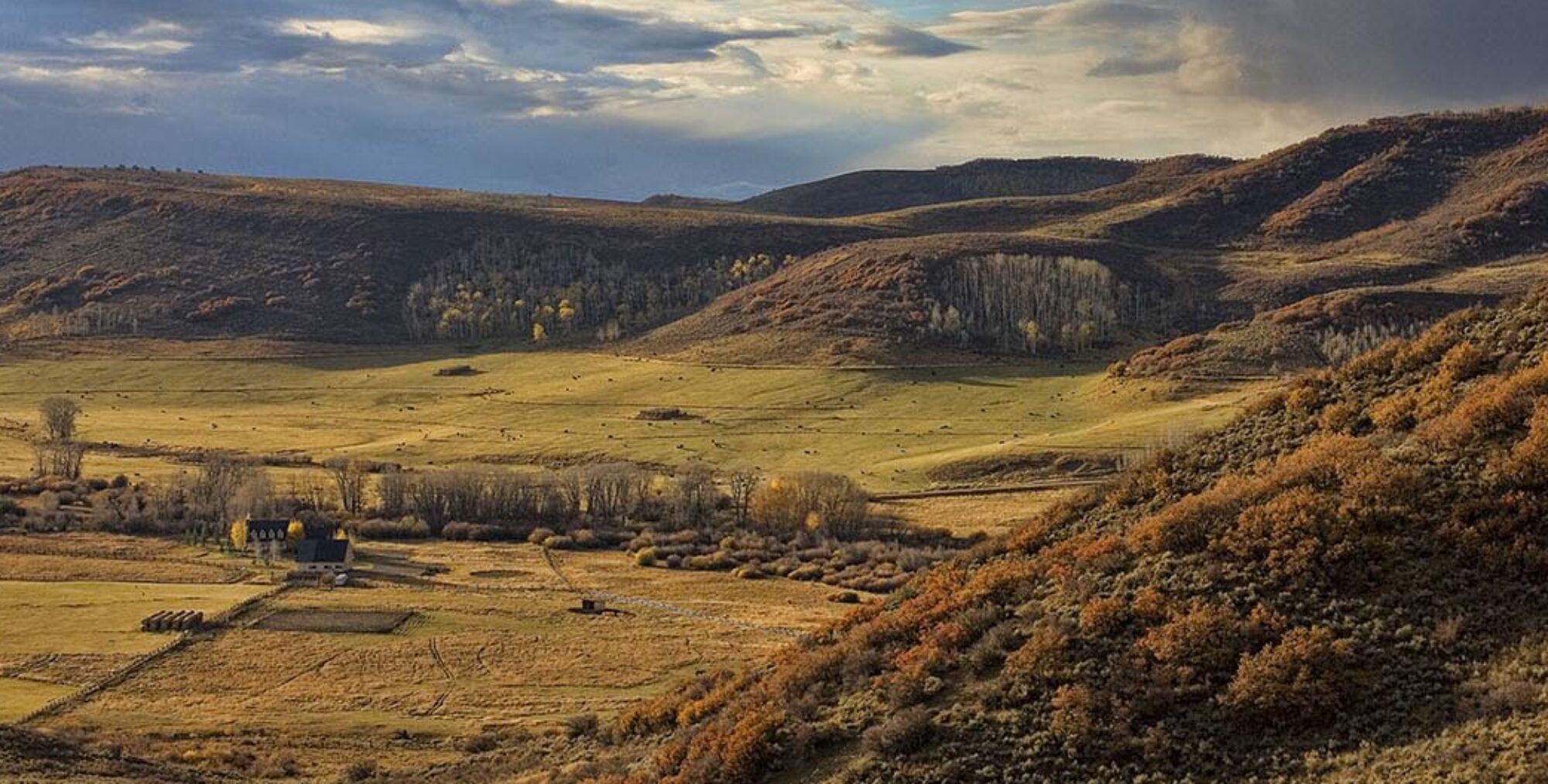Sturm, Ruger & Company quietly celebrated its 70th Anniversary in 2019. Even though the brand may be one of your favorites, odds are good there are 3 things you probably didn’t know about Ruger. For the past seven decades the firm has built an enviable reputation for producing rugged and reliable firearms that perform, but there’s more to the story.
It begins with William Batterman Ruger. Born in Brooklyn, NY, in 1916, he developed a passion for firearms early. He came up with a machine gun design while attending the University of North Carolina. After leaving school, he worked in a Springfield Armory machine shop. During World War II Ruger helped Auto Ordnance improve gun designs.
The industry slowed in peacetime, though, and Ruger opened a small machine shop in Southport, CN. He primary manufactured tools, but between projects designed and patented a new .22 semi-auto pistol.
It was a challenge to finding revenue to manufacture and market it, though So in 1949 he formed a partnership with Alexander Sturm—a firearm collector, author and artist—who provided $50,000 in seed money and designed the logo.
1—It Started in a Barn
Operations started in a small shop nicknamed the “Red Barn,” and two of the first eight Ruger Standards produced were sent to noted gun writers, including NRA Publications’ Maj. Gen. Julian Hatcher. Another went to a competitive shooter who won several matches, and the combined publicity resulted in 9,000 back-orders by summer of 1950.
Twenty-eight-year-old Alexander Sturm died in 1951. Black replaced the red in original eagle logo in honor of his memory and the color would not reappear until the company’s Golden Anniversary, 1999.
The list of successful firearms that followed is long, but the company flourished and in 1969 the public could purchase stock. The New York Stock Exchange listed Ruger in 1990, where it remains under the ticker initials RGR. Today the company remains one of the most profitable firms in the industry.
2—It Made Golf Clubs
Producing quality firearms requires and intimate knowledge of metals and metalwork and in 1963 Sturm, Ruger & Co. tapped the firm’s expertise by founding Pine Tree Castings. Today it produces items for a wide range of industries, including defense firearms, commercial equipment, tools and even automotive.
Calloway Golf engaged its services in 1999 to make the titanium heads found on many of its “Big Bertha” golf clubs. A few of them wore the Ruger name and logo. The parent company of Ping has used the company and an undisclosed number of other firms continue to do so.
3—Luxury Muscle Cars
In 1969—when GTOs, Barracudas and 396SS Novas owned the streets—Ruger rolled out a luxury car with 1930’s style. A Ford 427 c.i.d. V-8 produced 425 horsepower in the open touring vehicle. “The idea was to make a very fine automobile according to today’s best engineering standards,” Ruger told Sports Illustrated in 1970, “but with styling free of the modern streamlined appearance.” Top speed was 150 mph. Price topped out at $17,000.
Only two were made. Ruger refocused on his core business, where it remained until he retired in 2000. He died two years later.
Ruger Today
Ruger had 1,600 employees at the time of its anniversary in 2019, more now. They work in six locations across four states—Arizona, Connecticut, North Carolina and New Hampshire. The company has built some of history’s finest firearms. The most popular .22 LR rimfire ever made is the company’s 10/22. Nearly all of them feature the same quality and innovation that launched the company.
Is the William Batterman Ruger approach still alive and well at the company? “Absolutely,” said Mark Gurney, director of product management at Ruger. “We are continually developing a variety of innovative products that are modestly priced. As a company, we have always turned a profit and we have always been free of debt, giving us tremendous flexibility to create opportunities.”
As for the future, “We commit considerable portions of our resources to bringing new products to market,” Gurney said. “We aim to be a world leader that provides a spirit of freedom, recreation and peace of mind to our responsible customers and for generations to come.”
The company’s story is interesting, and ideal for a quick game of trivia at the firing line during reloads. Were you familiar with all “3 things you probably didn’t know about Ruger?”
Let me know by leaving a comment, and thank you so much for taking a look at my blog. I hope each and everyone has a safe and glorious day.
Photo courtesy of Ruger

